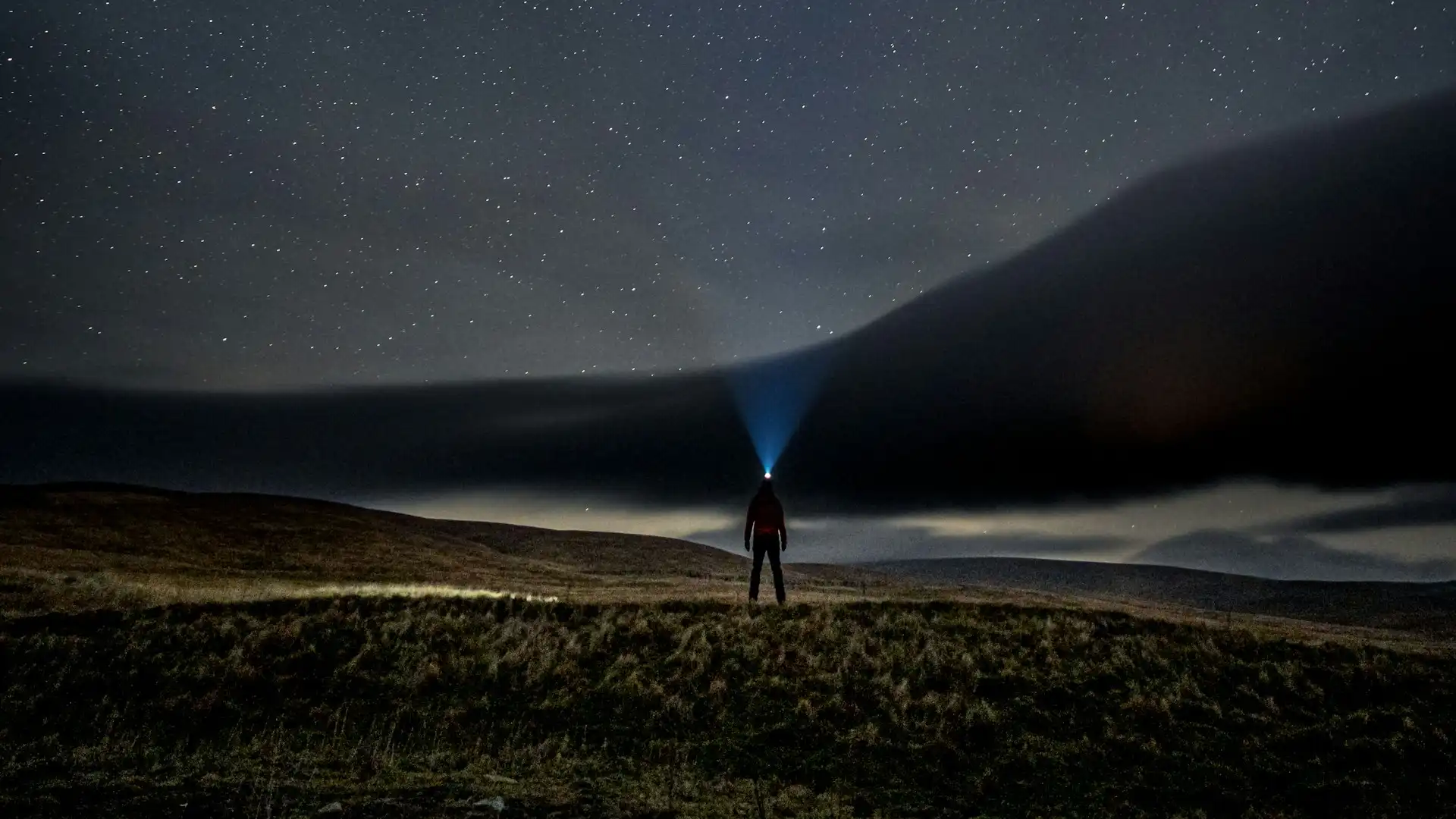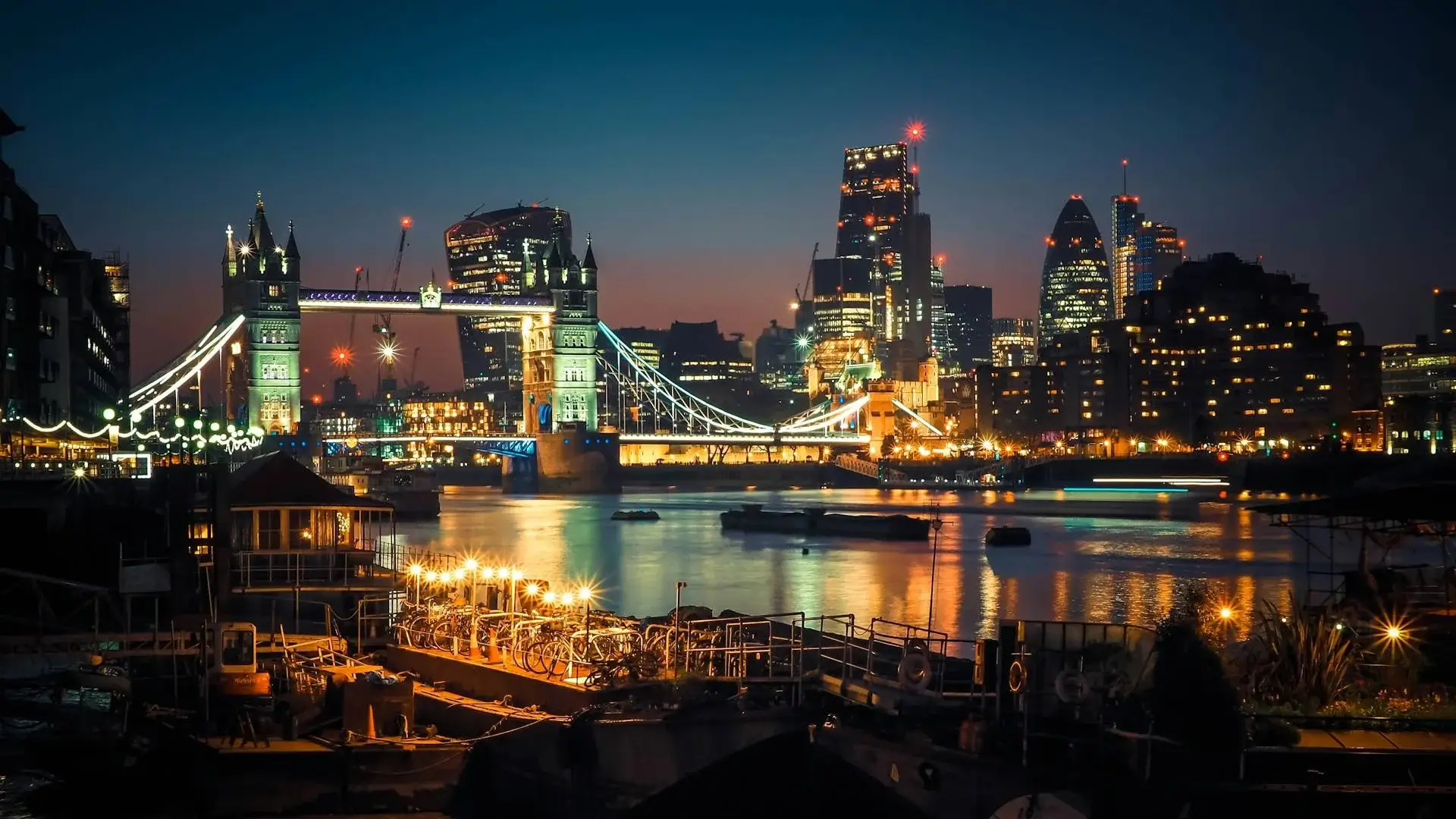Astrotourism: The growing industry putting light pollution on the spot

Astrotourism is an emerging form of ecotourism where people travel to observe celestial bodies in the night sky. This might mean visiting an International Dark Sky Place, or going somewhere with low levels of light pollution.
More and more people are prepared to travel to experience the beauty of the night sky and witness the sight of the Milky Way and celestial bodies.
But for astrotourism to thrive, it is important for astro tourist sites to use lighting solutions that minimise light pollution. For example, Dark Sky approved lighting systems can provide a more visually pleasing environment for people and can also mitigate unnecessary impacts on the natural world.
The business case for protecting dark skies
Astrotourism can create a powerful business case for protecting dark skies and reducing light pollution. This is because it has the potential to deliver a positive economic impact for nearby cities and towns.
Astrotourism brings extra people to an area and, therefore, additional custom to local accommodation businesses, shops, and restaurants. This, in turn, supports local communities, generating jobs and other opportunities.
Dark-Sky Places
The International Dark-Sky Association has five types of dark sky places, which are certified according to different standards and criteria: dark sky sanctuaries, dark sky reserves, dark sky parks, dark sky communities, and urban night sky places.
Dark Sky communities and urban night sky places are cities, towns, villages, or other community areas that shows exceptional dedication to the preservation of the night sky through quality outdoor lighting systems. It is in these places that Dark Sky approved lighting can be deployed to preserve dark skies and, in the process, support astrotourism.
Dark Sky approved lighting systems
As we have explored in our blog “Preserving our dark skies: Solutions for reducing urban light pollution”, ‘dark sky friendly’ lighting systems often include:
- Shielded fixtures: By controlling the direction of light, these fixtures reduce light pollution while providing adequate illumination for visibility and wildlife protection.
- Low-intensity lighting: Lights with lower intensity and warmer colour temperatures contribute to softer and more ambient illumination.
- Smart lighting: Motion sensors and dimming technologies mean lights switch off when not needed, minimising light pollution.
Astrotourism presents exciting opportunities for destinations to capitalise on their natural beauty and access to dark skies. Whether it is witnessing a solar eclipse, or stargazing in a dark sky community, astrotourism connects people to the wonders of the natural world. But the economic, environmental, and social benefits of astrotourism can only be reaped by adopting responsible lighting practices.
As a leading UK lighting manufacturer committed to supporting better and more responsible specifications, Tamlite offers a range of Dark Sky approved lighting solutions. For more information, please visit our website. With luminaires such as the CITY PARK, CITY PT, PTS, CITY RL, and CITY PATH now Dark Sky approved, we are on a mission to help illuminate the world with responsible choices, ensuring a brighter and greener tomorrow for generations to come.


